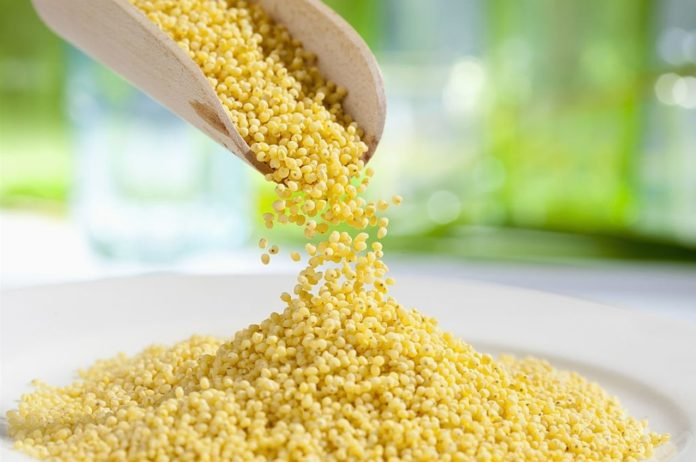New Findings show that regular consumption of millets can enhance haemoglobin and serum ferritin levels, hence reducing iron deficiency anaemia, which is on the rise globally.
The results of the study, published in the journal ‘Frontiers in Nutrition’ led by the International Crops Research Institute for the Semi-Arid Tropics (ICRISAT), carried out a meta-analysis of 22 studies on humans and 8 lab studies on anaemia and regular millets consumption.
“The study concluded that millets can provide all or most of the daily dietary iron requirements of an average person. Although the amount of iron provided depends on the millet variety and its form of processing, the research clearly shows that millets can play a promising role in preventing and reducing high levels of iron deficiency anaemia,” according to the study’s lead author Dr S Anitha.
The study revealed found that millets increased haemoglobin levels by as much as 13.2 per cent. Four studies in the review also showed serum ferritin increasing by an average of 54.7 per cent. Ferritin is an iron-containing protein in the blood and is a clinical marker for iron deficiency.
The study found that millets raised haemoglobin levels by up to 13.2 percent and four studies in review showed serum ferritin increased by an average of 54.7 percent.
Ferritin is an iron-containing protein found in the blood that serves as a clinical indicator of iron insufficiency.
The studies included in the review included around 1,000 children, adolescents and adults, and six different millet types – finger millet, pearl millet, sorghum and a mixture of kodo, foxtail and little millets.
The volunteers in the studies were found to have consumed millets for anywhere between 21 days and 4.5 years.
“1.74 billion people were anaemic in 2019. That number is rising,” said Dr Jacqueline Hughes, Director General, ICRISAT.
“It has been proven that iron deficiency anaemia affects cognitive and physical development in children and reduces productivity in adults. The need for a solution is critical, and therefore bringing millets into mainstream and government programs is highly recommended,” added Dr Hughes.
“Now that there is strong evidence of the value of millets in reducing or preventing iron deficiency anaemia, it is recommended that one major research study be undertaken on anaemia covering all the different types of millet, common varieties and all major forms of processing and cooking, using a uniform testing methodology. This will provide the detail required for designing interventions needed to have a major impact on reducing anaemia globally,” said Professor Ian Givens, a co-author of the study.
“It has often been claimed that iron in millets is not highly bioavailable due to the supposed high levels of antinutrients. Our analysis proves this is a myth. Instead, millets were found to be comparable to typical iron bioavailability percentages for plants. Also, the levels of antinutrients in millets were identified to be similar or lower than common staples,” said Ms Joanna Kane-Potaka another co-author of the study.
The study also found that processing can considerably improve the amount of iron that is bioavailable.
Extruded millet snacks, for example, boosted accessible iron by 5.4 times, whereas fermentation, popping, and malting more than tripled iron bioavailability.
Germination (sprouting) and decortication (dehulling) doubled the bioavailable iron.
Image Credit: Getty
You were reading: Millet can fight against Iron deficiency anemia – says study
